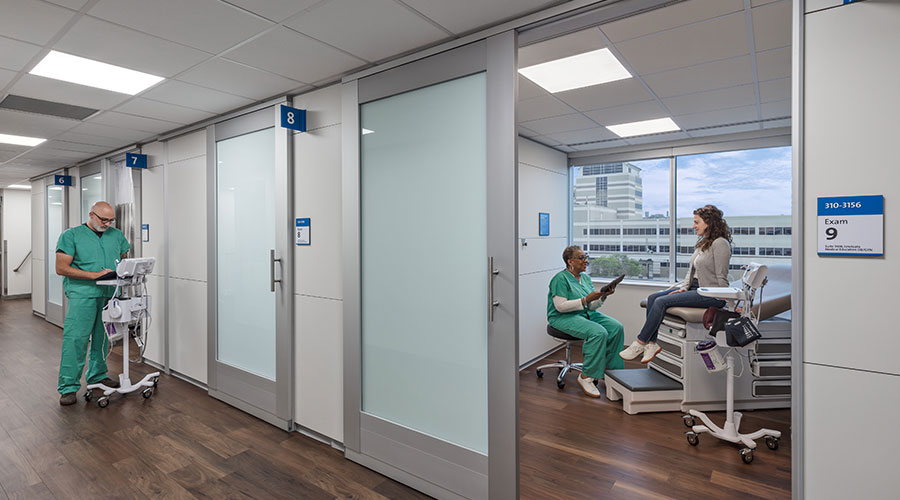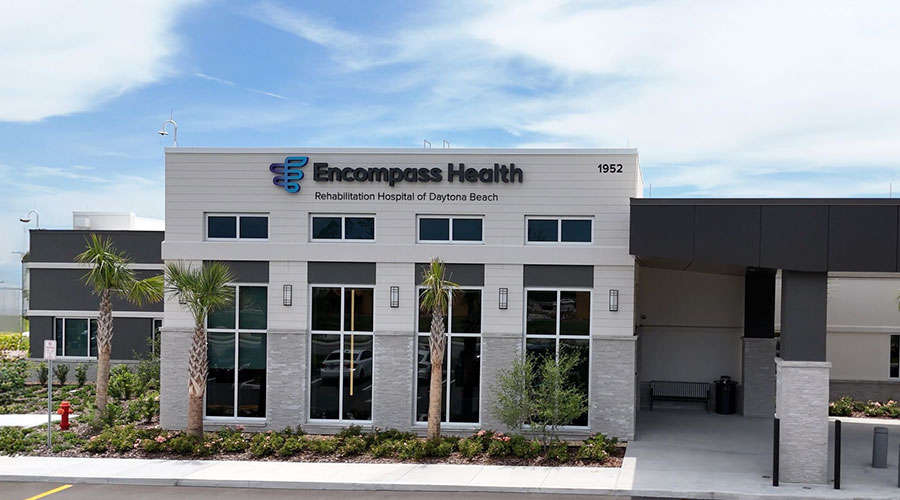The Centers for Medicare and Medicaid Services (CMS) issued a November 15, 2017, deadline requiring all Medicaid and Medicare providers and suppliers to have an emergency preparedness plan in place for their facility. These new rules can mean changes to familiar processes and procedures — causing headaches and added stress for healthcare compliance professionals.
But the good news is these guidelines are designed to make healthcare facilities safer, more efficient, and better at communicating around emergency situations. Meeting the program requirements may seem overwhelming, but the best way to approach the new regulations is to find a way to make them work best for your organization and to find a solution you can implement quickly and easily.
1. Build an emergency plan
This is the first item the CMS regulations address and the best place to start when building a CMS compliance strategy. Begin with researching relevant material that will apply to your facility such as local emergency requirements and important emergency personnel contact information. The assessment checklist published by CMS recommends gathering the following information:
· Copies of any state and local emergency planning regulations or requirements
· Facility personnel names and contact information
· Contact information of local and state emergency managers
· A facility organization chart
· Building construction and Life Safety systems information
· Specific information about the characteristics and needs of the individuals for whom care is provided
CMS guidelines requires your emergency plan also include a Continuity of Operations Plan (COOP) for hazardous situations. CMS specifies that facilities should develop this plan with an all hazards approach taking into consideration events such as hurricanes, floods, tornadoes, fire, bioterrorism, pandemic, etc. If the event could disrupt the flow of your facility’s service in any way, it must be planned for.
Collaborate with local emergency services, analyze all hazards, discuss with suppliers, and set up a hierarchy for decision criteria for your emergency plans.
2. Put in place policies & procedures
This portion of the requirements should be specific to your organization and based on the facility’s risk assessment and emergency plan. Policies and procedures must be reviewed and updated on an annual basis.
The key to fulfilling this requirement is to fully develop and document your emergency policies and procedures with a schedule for review, update, and maintenance built in to remain compliant. Build policies and procedures that work for your organization and make ongoing compliance as easy as possible.
3. Develop an emergency communications plan
Proper communication before, during, and after an emergency is the key to your emergency preparedness plan. It will inform employees, patients and visitors of the situation at hand and where and what they should be doing during the event. But communicating on this scale can be a logistical nightmare.
Your organization must gather, store and update a large amount of contact information to communicate efficiently during an emergency situation. A comprehensive emergency notification system can help you gather and maintain this data in a safe, efficient manner, making it a great option to use for your compliant communications plan.
AlertMedia, the fastest-growing emergency mass notification system provider in the world, has helped numerous healthcare organizations meet the Emergency Communications Plan regulations included in the CMS guidelines. Organizations use AlertMedia’s web and mobile applications to interact with their audience from any device, over any communication channel – such as voice call, text, native mobile apps, email, social media, and Slack – keeping their people safe and informed with just a few clicks.
4. Training & testing program
To meet the training and testing portion of the new CMS Guidelines your facility must provide:
• Initial training for new and existing staff in emergency preparedness policies and procedures
• Annual refresher training so that staff can demonstrate knowledge of emergency procedure
This section in the emergency preparedness guidelines allows for a more tailored approach that works best for your facility and the hazards your organization specifically faces. The purpose of this requirement is to ensure that the processes you've put in place work well, are fully compliant, and are understood by the members of your team. If you've put solid systems in place, you’ll simplify your program training and testing.
Summary
The new CMS guidelines are designed to ensure patients, visitors, personnel and government officials are safe and informed during natural and man-made critical events. Improved emergency communications help ensure the safety of your facility and your people. One of the best technological investments your healthcare facility can make in preparation for these new guidelines is a multi-layered mass communication system like the AlertMedia platform. You can keep your people safe when you keep them informed.

 How Backup Power Needs Vary Across Healthcare Settings
How Backup Power Needs Vary Across Healthcare Settings Flexible Design Strategies Help OhioHealth Maximize Clinical Space
Flexible Design Strategies Help OhioHealth Maximize Clinical Space New Bass Center for Childhood Cancer and Blood Diseases Opens
New Bass Center for Childhood Cancer and Blood Diseases Opens Encompass Health Rehabilitation Hospital of Daytona Beach Opens
Encompass Health Rehabilitation Hospital of Daytona Beach Opens What Healthcare Facilities Can Learn from a $49 Million Window Failure
What Healthcare Facilities Can Learn from a $49 Million Window Failure